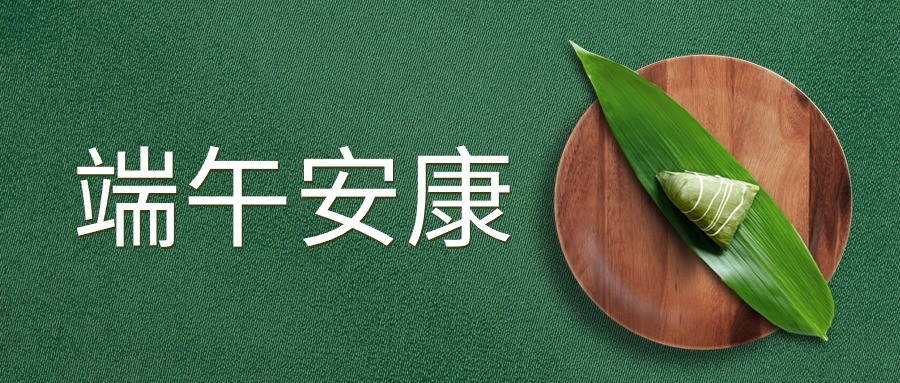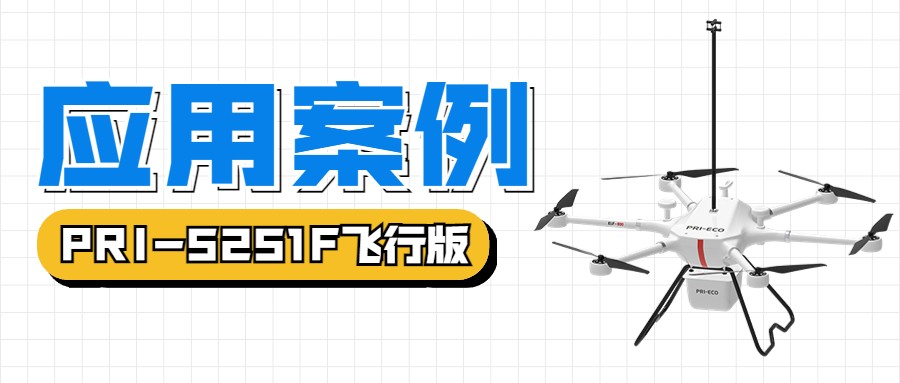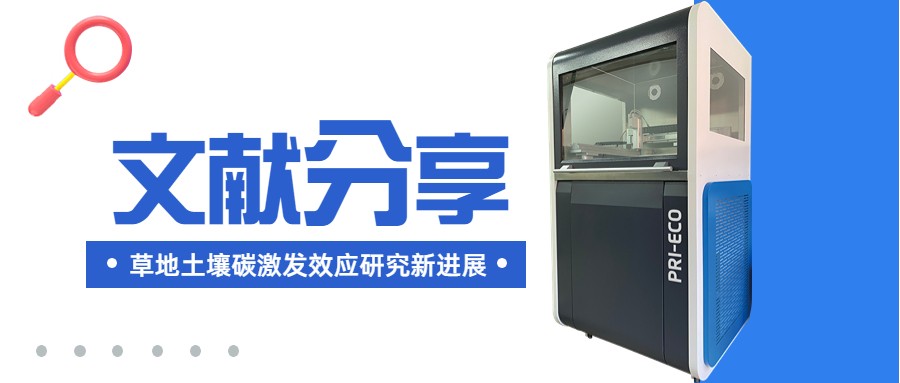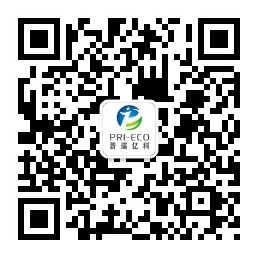Goodbye milk fraud, hello origin tracking
By Jane Byrne , 23-Apr-2010
Related topics: Quality & Safety
A kit to test the authenticity of milk origin for use within the food and beverage industry can be used within the processing facility and has been developed by global gas analyser supplier Picarro in conjunction with US based isotopic analysis firm, IsoForensics.
Picarro explained that its new Milk Origin Verification Solution (MOVS) is based on the fact that every country has a unique stable isotope signature comprising ratios of varied oxygen, and hydrogen isotopes.
And the gas analyser supplier said that by working with researchers at Purdue University, IsoForensics has been able to map stable isotope ratios of regional food and water supplies across the US.
Alex Salkever, a spokesperson for Picarro, told FoodProductionDaily.com that the MOVS is easy to use.
He said it involves a food or beverage manufacturer using a Picarro gas analyzer to test a milk sample from a supplier and subsequently logging on to the IsoForensics isotope system to compare that sample against its established database in order to get a confidence rating on the milk’s claimed point of origin.
Limited to US
Salkever explained that the MOVS is currently only applicable to the US market as isotope hydrogen and oxygen data mapping within Europe is not at an advanced stage yet but he said Picarro and IsoForensics are confident such mapping will be completed within a two-year timeframe.
“The revolutionary aspect of the MOVS is that it is simple application, and can be conducted within a production facility itself rather than outsourcing the work to an external laboratory.
Scientific expertise is absolutely not a prerequisite in terms of using Picarro’s Cavity Ring-Down Spectroscopy (CRDS) analyzer but a training session is provided on purchase. The sample analysis is rapid and a high throughput of up to 100 samples per day can be achieved with the method,” stressed Salkever.
Fraud increasing
According to Michigan State University, five to seven per cent of the US food supply is impacted by food fraud involving the substitution of inferior products or ingredients including such cases as buffalo or sheep’s milk cheese being made from cow’s milk, or red snapper and flounder actually being catfish fillets from Vietnam.
And, industry is hoping that methods based on DNA and isotope ratio analysis will make food fraud much easier to detect.
Other food applications MOVS will be the first in a planned range of IsoForensics food origin verification applications to be developed for use in conjunction with Picarro’s analyzer, said Salkever.
“We are planning to have similar applications for products such as spinach, and other fresh produce produce including tomatoes and orange juice, as well as beer and wine in the near future,” he added.Carbon ratio Meanwhile, scientists based in Germany recently developed a new test to detect conventional milk sold as organic, in a bid to help combat dairy fraud at the retail level.
The organic market in Germany has been growing rapidly in recent years – by as much as 34 per cent between 2006 and 2007, to reach 11 per cent of all fresh drinking milk. This popularity, coupled with shortages brought about by high demand, mean there is a risk of fraudulent labelling, according to Joachim Molkentin of the Federal Institute of Nutrition and Food in Germany.
To combat this, Molkentin developed a test for certain components in milk that would be drastically different in organic and conventional milk – such as the carbon stable isotope ratio, levels of alpha-linoleic acid (C18:3ω3), and conjugated linoleic acid (CLA).
Using isotope ratio mass spectrometry, Molkentin was able to establish threshold levels of carbon stable isotope ratio between the organic and conventional milks, of below a maximum of -26.5 per cent.
Molkentin also looked at the milk samples’ fatty acid content using gas chromatography and he set a threshold level for C18:3ω3 at above 0.50 per cent for organic milk.
文章来源:http://www.foodproductiondaily.com/Quality-Safety/Goodbye-milk-fraud-hello-origin-tracking

















 010-51651246
010-51651246